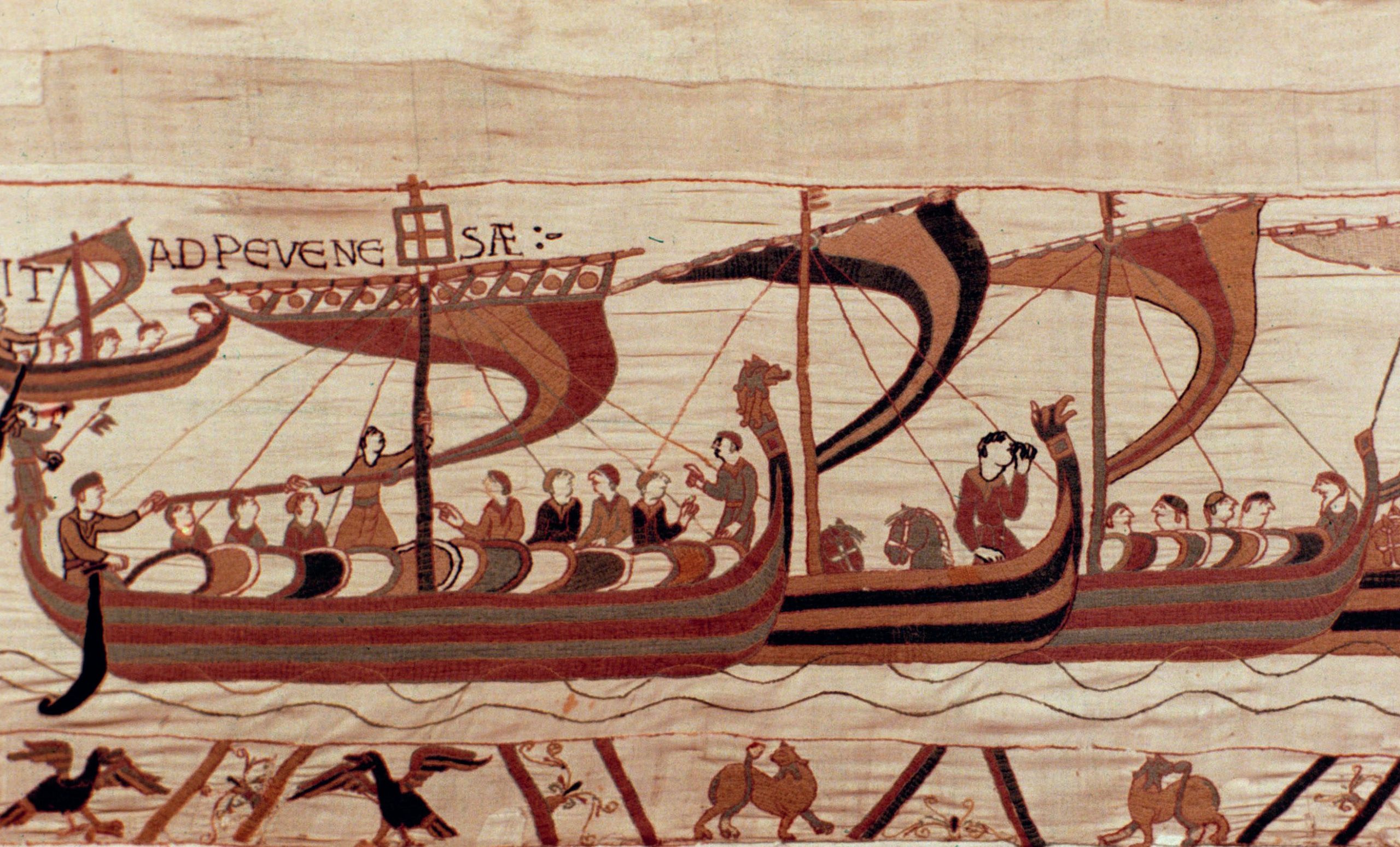
The year 1066 is probably the best-known date in the history of the British Isles. The victory of William, Duke of Normandy, over King Harold and the latter’s death at the Battle of Hastings is rightly regarded as a great watershed in the history of England. It is a familiar story told graphically in the Bayeux Tapestry, The Norman Conquest brought about not only a change of royal dynasty, but a change in the racial composition of the country, with an influx of William’s supporters from Normandy.
But it did not mark a complete end to Anglo-Saxon resistance to the Normans. When William returned to Normandy in March 1067, he left his half-brother, Bishop Odo of Bayeux, together with a cousin, William FitzOsbern, in charge of the English lands he had conquered. He gave FitzOsbern the titles of Earl of Hereford, Earl of Gloucester, Earl of Worcester, Earl of Oxfordshire and Earl of Wessex. Odo became Earl of Kent, giving him control of the vital defence installation of Dover Castle, as well as over 180 lordships in Kent. He also held land in at least a dozen other counties, as far afield as Oxfordshire and Norfolk.
Your organisation does not have access to this article.
Sign up today to give your students the edge they need to achieve their best grades with subject expertise
Subscribe




